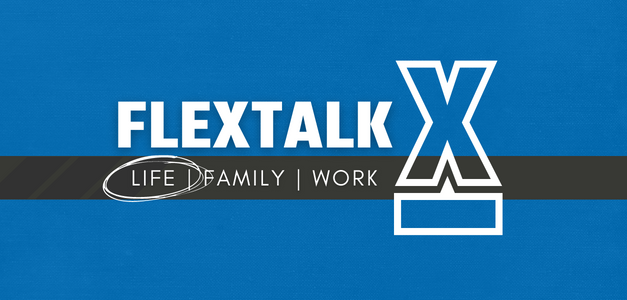When it comes to maintaining a family budget, every spending decision requires careful thought, especially big-ticket items. A key question is whether you can afford buying new or buying used. Both choices come with advantages and potential drawbacks, and the decision depends on your priorities, lifestyle, and financial goals. Below, we’ll break down the considerations for a few common categories to help you make the right choice for your family.
Media and Entertainment
Purchasing new tech gadgets, gaming consoles, or streaming devices is tempting, especially with the appeal of warranties and cutting-edge features. However, used or refurbished media items can save you a lot of money. Many sellers update devices frequently, leaving behind perfectly functional options at reduced prices. For instance, last year’s smart TV or gaming system might meet your needs at half the cost of a brand-new model. If you’re worried about quality, focus on buying refurbished products from trusted sellers who offer limited warranties.
Family Vehicles
Few decisions challenge families more than choosing to buy a new or pre-owned car. New vehicles offer peace of mind with full warranties and no wear and tear, but they come with much higher price tags. Used cars are more affordable upfront, but hidden issues can be costly, and many aspects will be difficult for you to measure while interacting with the seller. For example, 9-cavity connectors play a crucial role in modern vehicles, but measuring their health requires an intimate knowledge of vehicle electrical systems that most drivers don’t have. A trusted mechanic’s inspection can provide some security, but the risk of future repairs is still present.
Clothes and Accessories
For growing kids or quick fashion needs, thrift stores and secondhand shops are often the smart choice. Used clothing saves money and lets you experiment with trends for less. However, situations like formal events or daily workwear might justify new purchases due to durability and fit. Shopping sales or outlet stores can help you stick to your budget and still get the best value.
Immediate Costs vs. Long-Term Expenses
The upfront cost difference between buying new or used can be significant, but don’t stop at the price tag. A used item might need repairs or updates, while new ones often offer longer life spans or warranties. For example, a used TV could need costly screen repairs, but a new one may last years with minimal upkeep responsibilities. Setting aside money for potential repair costs can help balance out this disparity.
What Can You Afford?
Choosing between new and used isn’t about one-size-fits-all decisions—it’s about aligning with your family’s lifestyle and financial goals. Look at both the immediate and long-term costs to decide whether you can afford buying new or buying used. With research and planning, you can confidently make choices that strike a balance between quality and cost.
-
- Are warranties or potential repair costs more important for this purchase?
- How often will I or my family use this item?
- Is saving money now worth possible added expenses later?
- Can I balance new and used purchases within my overall budget?
- How would this choice affect my financial goals in the next year?


